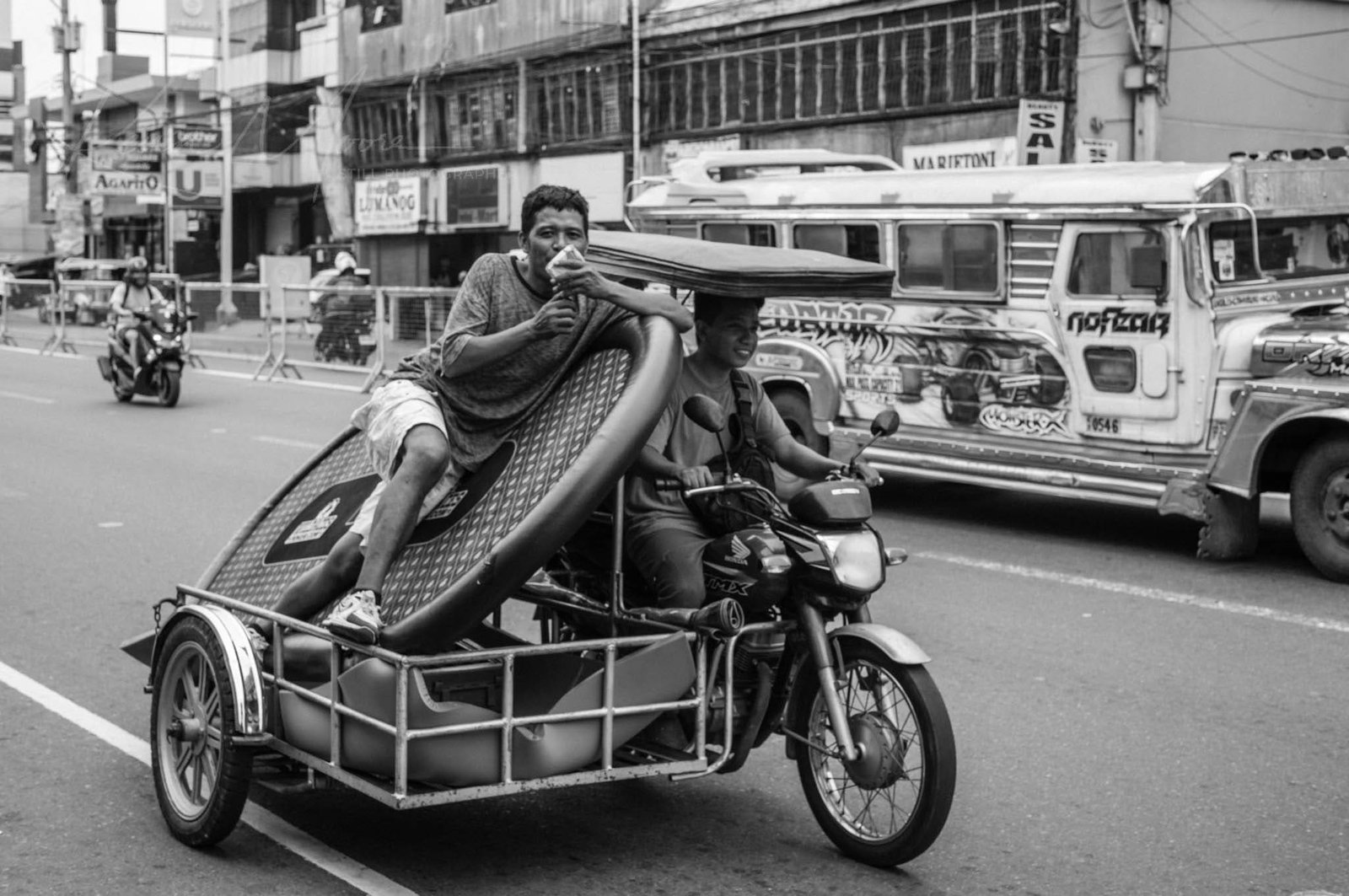
The Beauty of Candid Street Photography in the Philippines
There’s a unique magic to everyday moments, those fleeting instances that often go unnoticed in the rush of life. Capturing these in black and white transforms the ordinary into timeless stories. On my last visit to the Philippines, I was struck by the vivid tapestry of street life, a mosaic of faces and scenes that reflect the soul of the nation. That’s why I couldn’t resist documenting these moments with my trusted Leica M11, a camera that excels in such intimate settings. The beauty of candid street photography in the Philippines is a testament to the country’s vibrant culture and resilient spirit.
Understanding Candid Street Photography
Candid street photography is an art form that thrives on spontaneity. It’s about seizing those raw, unplanned moments that might otherwise be lost. This genre strips away the gloss and glamour, presenting life in its most authentic form. A woman selling traditional snacks, children playing amidst Manila’s bustling traffic, or an elder resting in the shade – these scenes tell a story more profound than posed portraits ever could.
The beauty of candid street photography in the Philippines lies in its ability to freeze genuine emotions and interactions. It’s a style that relies heavily on the photographer’s ability to blend into the environment, becoming almost invisible to capture the true essence of the streets. The Leica M11, with its compact design and silent shutter, was an invaluable companion. It allowed me to photograph discreetly, ensuring the authenticity of each shot.
The Historical Context of Street Photography in the Philippines
Street photography has a rich history in the Philippines, reflecting the nation’s dynamic past and present. From Spanish colonial times to American occupation, and the subsequent years of independence, each era has left its imprint on the streets. Local photographers have long used their lenses to document life, from bustling markets to quiet alleyways. These images serve as visual diaries, chronicling the social, political, and cultural shifts throughout the decades.
In the post-war period, the growth of urban centers like Metro Manila gave rise to a new wave of street photographers. Artists like Teodulo Protomartir and Nap Jamir captured the post-colonial energy of a nation finding its feet. Today, contemporary photographers continue this tradition, using advanced tools like the Leica M11 to document stories that resonate on global platforms.
Technical Aspects of Black and White Photography
Black and white photography is more than a stylistic choice; it’s a way of seeing the world. By removing the distraction of color, it underscores composition, light, and shadow. Textures and contrasts become more pronounced, adding depth to each frame. With the advanced capabilities of the Leica M11, black and white images come to life with astonishing clarity. Its high-resolution sensor captures intricate details, while the monochrome settings ensure balanced tones and sharp contrasts.
Using the Leica M11 for candid street photography in the Philippines was especially rewarding. The camera’s manual controls allowed precise adjustments, essential for changing light conditions in urban settings. Moreover, its portability ensured I could carry it effortlessly, ready to snap those spontaneous moments at any time.
Final Thoughts: The Enduring Appeal of Candid Street Photography
Reflecting on my journey through the streets of the Philippines, I’m reminded of the power of candid photography. It’s a medium that transcends language barriers, conveying universal emotions through the simplest gestures. Each photograph is a fragment of a larger narrative, a glimpse into the lives of everyday people who make the Philippines so uniquely compelling.
The beauty of candid street photography in the Philippines not only lies in capturing these moments but also in the perspective it offers. It encourages us to look closer, to appreciate the subtle complexities of daily life. As I review my collection of black and white images, I feel an overwhelming sense of gratitude for the opportunity to document these stories. In the end, it’s these fleeting, unguarded moments that truly capture the heart and soul of a place.
